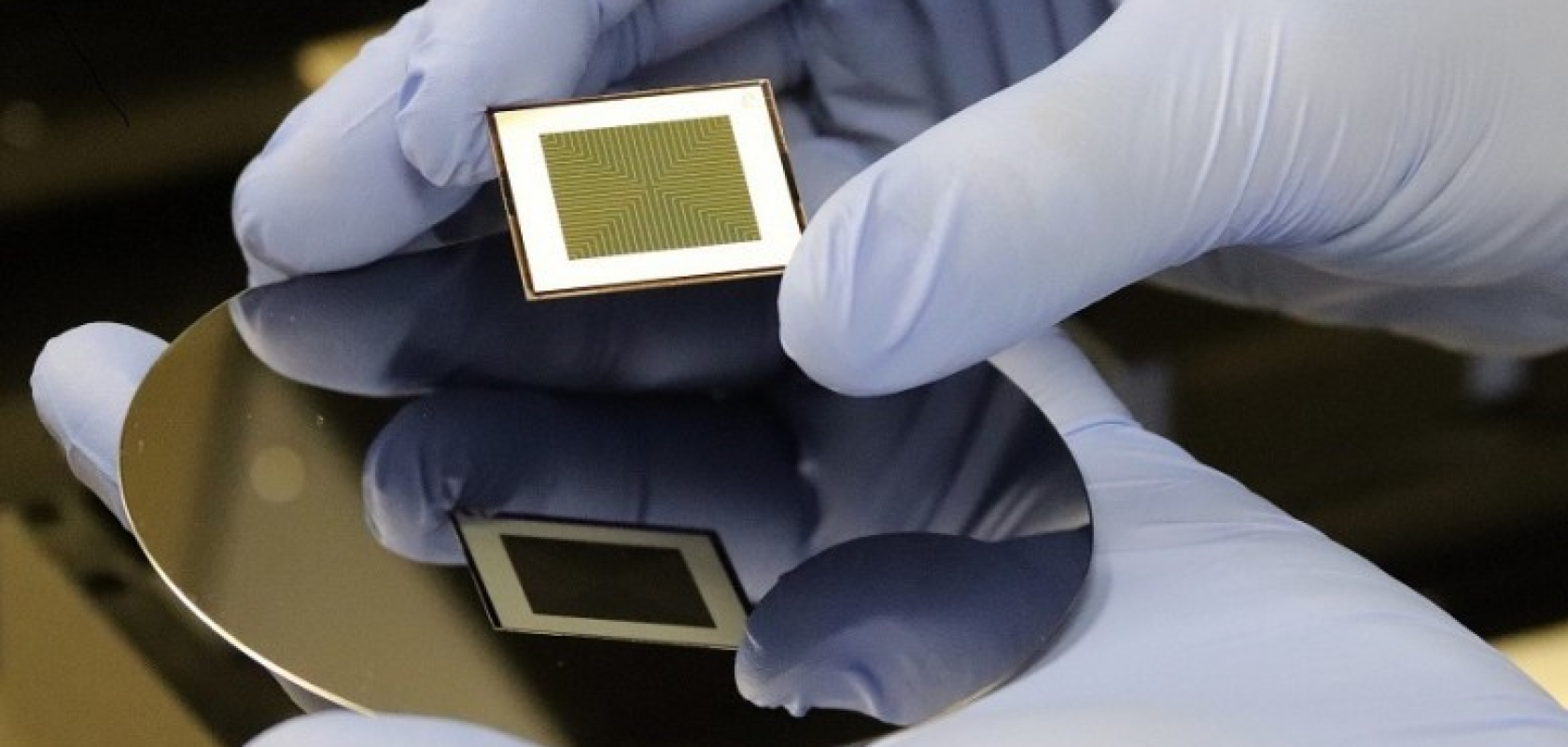Researchers at The Australian National University (ANU) have produced a more efficient type of solar cell using laser doping, setting what they say is a new world record in the process.
The solar cells are dual-sided, meaning both their front and back generate power.
Principal investigator Dr Kean Chern Fong said that the so-called bifacial solar cells easily beat the performance of single-sided silicon solar cells.
‘We have developed what I would call a true bifacial solar cell, as it has nearly symmetrical power generation capacity on both surfaces of the device,’ he said. 'When deployed on a conventional solar farm, a bifacial cell absorbs direct incoming light, while also taking advantage of ground reflection, which can contribute up to additional 30 per cent power generation. Bifacial solar cells are therefore becoming increasingly important in the roll out of solar farms and are expected to have a market share of over 50 per cent in the next five years.’
The team used laser doping technology to fabricate the cells, a process that uses lasers to locally increase electrical conductivity in a material. ‘It is a low-cost, industry-compatible process for boosting solar cell efficiency,’ remarked chief investigator Dr Marco Ernst.
This allowed the research team to achieve a front conversion efficiency of 24.3 per cent and a rear conversion efficiency of 23.4 per cent. This represents an effective power output of approximately 29 per cent, well exceeding the performance of the best single-sided silicon solar cell, according to the researchers. The results have been independently verified by The Commonwealth Scientific and Industrial Research Organisation.
‘This is a world record for selectively laser-doped solar cells and among the highest efficiency bifacial solar cells,’ stated Ernst.
The work was supported by the Australian Government through the Australian Renewable Energy Agency (ARENA) and Australian Centre for Advanced Photovoltaics (ACAP).
Research project to boost Australian laser manufacturing
The University of South Australia has been awarded a $1.8 million Federal Government contract to develop technology that will underpin the next generation of high-powered lasers in Australia for the defence and manufacturing sectors.
David Lancaster, Professor of Laser Engineering, will lead a three-year project that aims to develop sovereign laser manufacturing capability, bringing Australia up to speed with other developed nations.
'High-powered lasers are increasingly being used in defence and manufacturing, but despite a long history of developing lasers in Australia, our technology is still relatively immature compared to other countries,' he said. '...Australia has had to buy this technology from other countries, which is quite restrictive because most nations severely limit their exports of lasers.'
Throughout the project Lancaster will build a new type of high-powered laser that combines multiple smaller lasers, fine tuning the manufacturing process so it is cheaper and more efficient.
'In the past, I have worked on lasers that take years to build and cost millions of dollars,' he said. 'I think it’s more important to put years of effort to develop the technology and manufacturing processes to build many miniature and safer lasers which cost hundreds of dollars each. That is our aim.'
The project is being funded by the Defence Science and Technology Group and will be done in collaboration with the University of Adelaide.


